Opening a boil, atheroma in the stage of inflammation on the face
What is a boil?
Boil - an acute purulent-necrotic inflammation of the hair follicle and surrounding connective tissue. The appearance of boils is associated with the activity of purulent bacteria, including Staphylococcus aureus. The most common sites of boils in the maxillofacial area and neck: nasolabial triangle ("triangle of death", upper lip area), chin and lower lip area, nose area (wings, root), buccal and infraorbital areas, posterior surface of the neck.
The most dangerous location of the boil is the face (maxillofacial area)!
Why do boils occur?
The cause is purulent bacteria, more precisely Staphylococcus aureus. These bacteria are present on the skin and do not normally contribute to the development of purulent inflammation. Boils occur when:
- exacerbation of chronic diseases;
- decreased immune activity;
- metabolic disorders;
- increase sweating and sebum secretion;
- microtraumas and skin injuries, in particular - scratches, combs on the background of itching caused by various diseases;
- violation of hygiene rules;
- professional reduction of the protective function of the skin (contact with dust, aggressive compounds, lubricants);
- hereditary predisposition.
Getting Staphylococcus aureus in the body does not necessarily mean the development of purulent inflammation.
What are the stages of boil maturation?
As the boil matures, it successively goes through 3 stages of development. Each of them is characterized by a specific clinical picture.
The first is the infiltrate stage. An infiltrate forms on the surface of the skin around the hair - a reddened area that quickly thickens and swells. It is painful and gradually expands in diameter. Many patients also complain of a tingling sensation.
In the second stage - suppuration and necrosis - the site of inflammation increase to several centimeters in diameter. There is a pain in the affected tissues, exacerbated by palpation.
In 3-4 days the purulent-necrotic stage develops. In the center of the infiltrate, a small elevated cone-shaped pustule is formed. Inside the abscess, a necrotic rod is formed from pus and dead cells. The process is often accompanied by intoxication fever, general weakness, and severe pain.
After a while the pustule bursts, pus flows out of it and the necrotic rod leaves. The swelling subsides, the pain subsides. The patient's condition is improving.
The last stage is healing. After cleaning the wound, a cavity remains at the site of the infiltrate. Gradually it heals, and in its place, a scar is formed in the form of a shallow hole.

What is an atheroma, and when does it become inflamed?
Atheromas are benign tumors that occur due to blockage of the ducts of the sebaceous glands, due to which the secretion of sebaceous glands accumulates inside. It is most common on the head and face. The cause of this tumor (cyst) is a blockage of the duct of these sebaceous glands. External differences in atheroma are few, so it is often confused with fibroids, lipomas, hygroma, etc. Atheroma is painless, grows slowly, and rarely reaches large sizes. It is characterized by a very low risk of malignant recurrence.
Atheroma is a rounded formation that has a capsule and is filled with thick white or yellowish masses, often with an unpleasant odor. The contents of the atheroma are the protein keratin, which is produced by its walls.
When atheroma becomes inflamed?
Inflammation can begin when purulent bacteria enter the cyst cavity. The symptoms are:
- increase in the size of the cyst, edema;
- redness of the skin over and near the atheroma;
- general deterioration, fever.
When any of these symptoms appear, the inflammation of the atheroma can turn into suppuration, the breakthrough of the atheroma, and the release of contents.
The most serious complication is phlegmon - diffuse inflammation of the subcutaneous layer.
Without proper treatment, the consequences can be very serious !!!
What is the danger of a boil or atheroma in the stage of inflammation on the face?
The hair follicle is closely connected with blood vessels. If you carelessly damage them (for example, trying to squeeze the pus out of an immature boil), the bacteria can get into the bloodstream. And this threatens to infect the blood.
Complications often develop with improper treatment or self-treatment of boils inflamed by atheroma, attempts to squeeze the abscess on the face, or when it is injured (for example, when shaving). These include:
- phlegmons and soft tissue abscesses - large purulent lesions;
- thrombosis - obstruction - lymphatic and venous pathways;
- septic phlebitis, lymphangitis, and lymphadenitis - inflammation of blood and lymph vessels, lymph nodes.
Boils on the face or scalp are especially dangerous in this regard. The infection can lead to meningitis, cerebral vein thrombosis, and other extremely unpleasant conditions.
When should I have surgery for a boil with inflamed atheroma on the face?
It is impossible to ignore the appearance of a boil, and it is unlikely to succeed. Inflammation manifests itself in severe pain, malaise, and sometimes fever.
Surgical removal of the boil becomes relevant only after the formation of a necrotic rod in the case of the formation of a cavity (abscess). In the first stage of inflammation (infiltration) to injure the soft tissues to open the inflammation does not make sense. The main indications for removal of the boil:
- localization in the area of lymph nodes, on the upper lip or wings of the nose;
- development of subcutaneous abscess;
- simultaneous formation of several abscesses;
- a sharp rise in overall temperature;
- size from 1 cm;
If a patient, in addition to a boil, has at least one of the following symptoms, you can apply for medical help in one of our clinics in Kyiv to a specialist immediately:
- fever (rise in body temperature above 38.5 ° C);
- enlarged lymph nodes;
- the skin around the boil is red and hot, and the diameter of the inflammation exceeds 2-3 cm and grows;
- acute pain;
- new boils appear.
These symptoms indicate that the infection has entered the bloodstream. To prevent the development of complications, it is necessary to start taking antibiotics as soon as possible. Only a doctor can pick them up.
How is the boil opened?
The decision on surgical intervention for inflammatory diseases of the face is made exclusively by a specialist (maxillofacial surgeon).
Oral and maxillofacial surgeons of the network of clinics «Dobrobut» are highly qualified specialists with significant experience not only in Ukraine, but also abroad.
The surgeon determines the time for opening in such a way that the rod is fully formed - otherwise the disease may recur (recurrence). Local anesthesia is used to relieve pain. First, the surgeon treats the skin with an antiseptic, then opens the abscess with a scalpel. The incision is made slightly above the middle of the boil or in its lateral part.
After opening the purulent contents and a necrotic core are removed from a wound. The wound must be washed, drainage is installed. An ointment with an antibiotic and a sterile bandage are applied to the wound.
The patient also receives recommendations for the care of the surgical wound at home.
How is the atheroma opened in the inflammatory stage?
At suppuration, it is necessary to open the atheroma surgically, to clear it of the remains of contents and pus, to wash out with an antiseptic solution. After opening a large atheroma, drainage is installed, which is removed for 2-3 days. Sutures are not applied to the skin.
The operation ends with the application of a tight bandage or plaster, after which the patient can be released home, following the recommendations given by the surgeon.
A significant problem in the treatment of purulent atheroma is the impossibility of its radical removal. After 1-2 months, when the inflammation has been removed, a second operation is required for the final removal of the capsule. If this is not done, there is a high probability of recurrence of atheroma in the same place.
Features of treatment in the postoperative period.
Treatment after opening a boil or inflamed atheroma requires special attention due to the features of the facial area. In the postoperative period, the general treatment is prescribed, which consists of antibacterial, desensitizing, detoxification therapy, and tonic treatment.
To prevent serious complications (cavernous sinus thrombosis, angular vein phlebitis), antiplatelet therapy (acetylsalicylic acid, heparin) is prescribed.
How is the rehabilitation period?
After 1-2 hours the patient is discharged from the clinic. If withdrawn drainage 2-3 days it is necessary to remove it from the maxillofacial surgeon. It is recommended to limit physical activity for 2-3 days after the procedure. Within 2 weeks it is necessary to go for examinations and bandages with the frequency specified by the surgeon, and also to provide a balanced diet and high-grade rest. The tissues heal completely in 10-14 days.
Our advantages
Our services
Choose the nearest clinic
ISO certificates
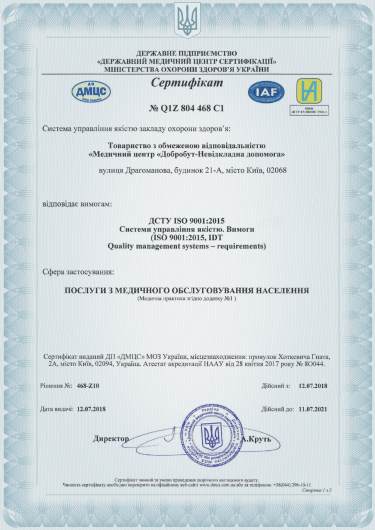
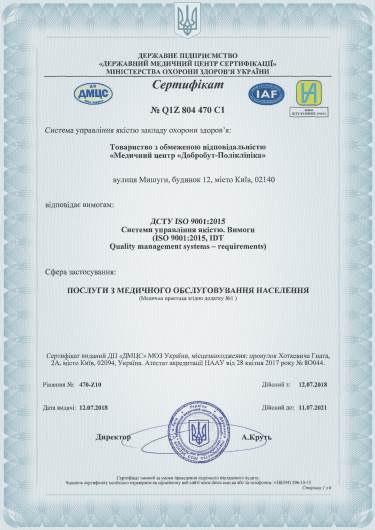
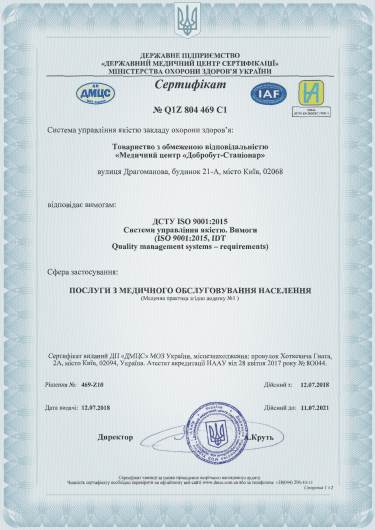
Accreditation certificates
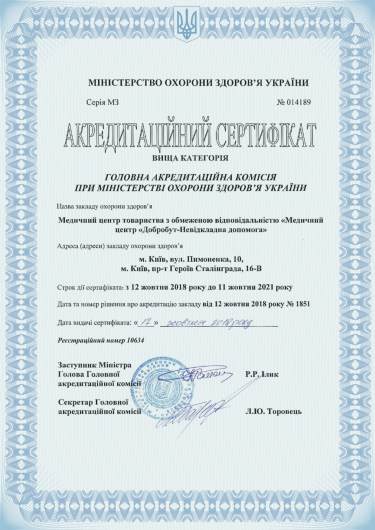
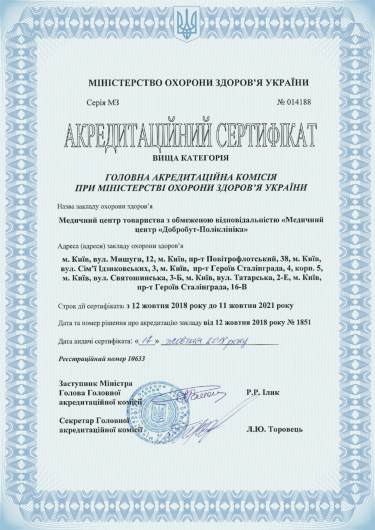

Licenses of medical practice
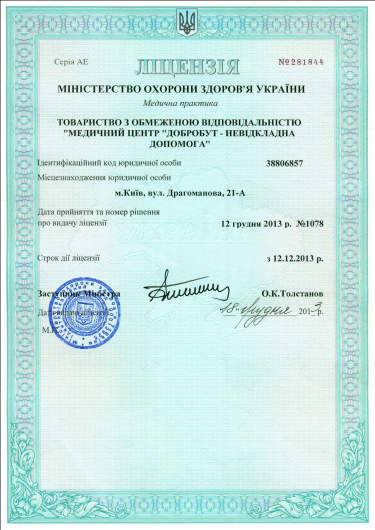
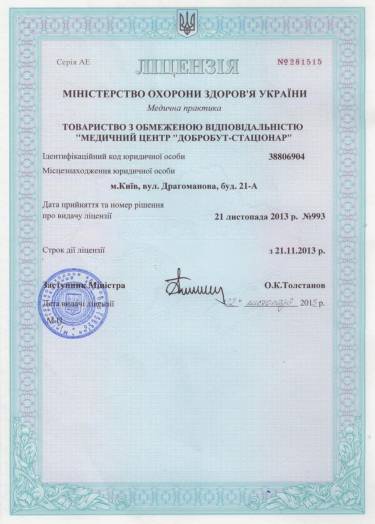









%402x.png)
%402x.png)
